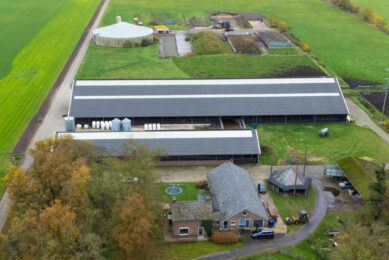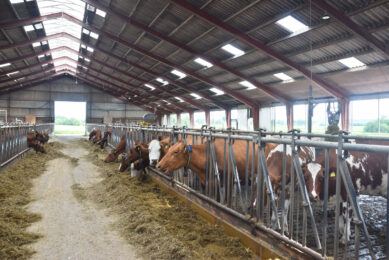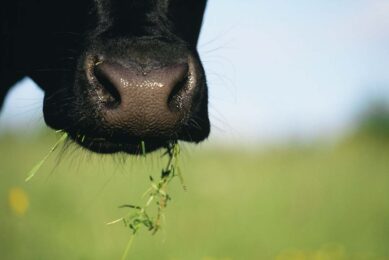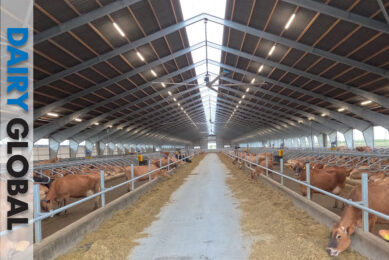Danish farmers on top of biosecurity
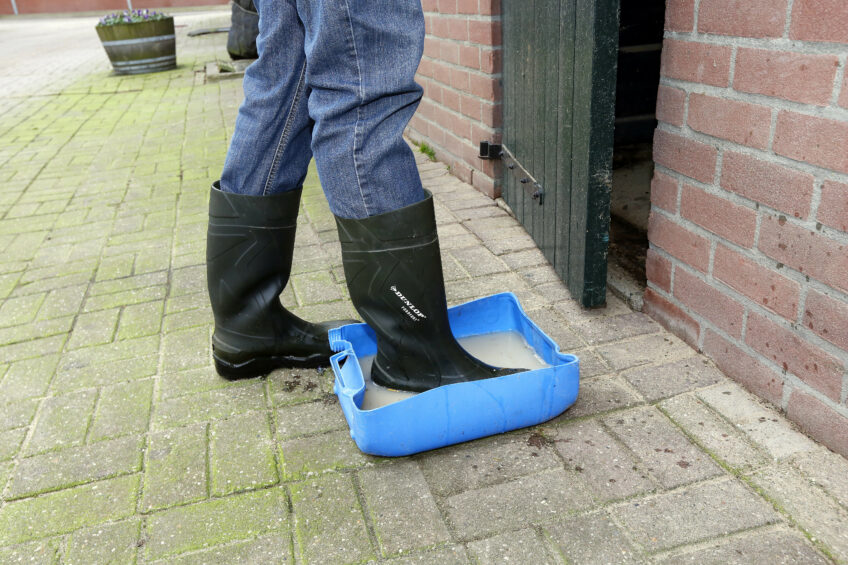
Biosecurity is key on a dairy farm. But are farmers sufficiently aware of this. This was explored among a group of Danish dairy farmers.
The focus on biosecurity to prevent endemic and emerging infectious diseases in livestock herds has increased. Management practices to protect animals against diseases from outside the herd are referred to as external biosecurity such as quarantine procedures for purchased animals and use of protective clothing by visitors (e.g. veterinarians) entering herd facilities. The practices to avoid spreading diseases within a herd are referred to as internal biosecurity. Such internal biosecurity practices include separation of sick from healthy animals, personnel hygiene of farm staff (e.g. hands and boots washing after handling animals), and hygiene of facilities.
Interview with Danish dairy farmers
To see how Danish farmers deal with this, scientists from Aarhus University in Denmark conducted face-to-face interviews about this topic with 16 dairy farmers. Through extensive semi-structured interviews, the researchers tried to investigate their perceptions and attitudes towards biosecurity. Conventional and organic dairy farmers from different regions in Denmark, who were required or not required to comply with a specific biosecurity legislation, took part in the study. Some had a relaxed attitude regarding biosecurity. The analysis of the interviews showed that farmers are particularly involved in the adoption of biosecurity practices in their herds.

- Most farmers stated that they had not purchased cattle from outside the herd for years. The strategy of raising own replacement heifers was commonly adopted to maintain a closed herd status. However, there were farmers who had purchased cattle. It was believed that this purchase was needed while expanding their herds.
- Farmers pointed out that animals from other herds and wildlife animals could be carriers of pathogens if herd boundaries were crossed. Several farmers described situations in which neighbouring farmers had crossed a fenced area of their herds, usually by vehicles.
- Farmers often emphasised the existence of a predefined workflow. This was based on the movement of employees to manage the animals according to susceptibility of acquiring and spreading diseases, i.e. youngest and healthy animals first followed by adults and sick animals.
- Most farmers emphasised biosecurity practices regarding visitors with frequent access to farm premises (i.e. veterinarians, inseminators, and animal transporters). Some farmers said that visitors used clean protective boots and clothes provided by them before entering the barns, whereas others expressed reluctance to take the responsibility of ensuring visitors to use it.
- Most farmers connected construction of new barns with improvements of the flooring (e.g. slatted alley floor) and bedding system (e.g. sand stalls and deep litter) to good biosecurity.
Constraints for correct biosecurity
However, the researchers identified farmers expressing relaxed biosecurity attitudes under situations such as the herd’s location in a region supposedly less threatened by diseases, need for increased herd size, and values related to keep a farming system without excessive restrictions. Other potential constraints for correct biosecurity adoption included difficult communication between farmers and their employees and visitors, lack of knowledge regarding infection routes, and financial limitations.
Most advice from the veterinarians
The farmers received information about biosecurity from several sources, veterinarians being considered the main and trusted one. When farmers described adopted biosecurity measures, they emphasised combating locally important diseases that were endemic, part of government control programmes, and had had recent outbreaks, i.e. mastitis, digital dermatitis, salmonellosis and mycoplasmosis. Contrary to a previous report, all the farmers who were required to develop a biosecurity plan according to the specific legislation stated that they had it. Beneficial views on the legislation appeared as a way to guarantee mutual adoption of biosecurity among farmers, whereas others believed that legislation might not be needed. The researchers conclude that findings of this study showed that, in general, important biosecurity aspects were recognised by the farmers. Despite this, factors limiting the adoption of biosecurity measures were present.
Source: Livestock Science
Join 13,000+ subscribers
Subscribe to our newsletter to stay updated about all the need-to-know content in the dairy sector, two times a week.



